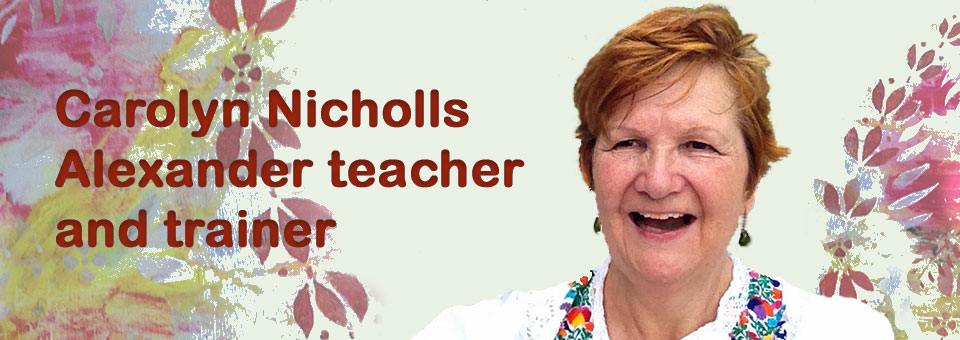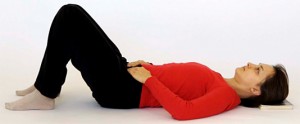Stressed? Moi? Well a bit…
So much is said about stress these days, people get confused. Stress makes people perform better according to some researchers; too much stress is bad for you according to others. So what is stress and do we need it? It might be easier to think of stress as a stimulus. We need stimulus of all kinds to react to in order to function, but if the stress is unrelieved and constant, then we stop functioning and start to break down. Each of us has a stress level at which we really work well-we are happy and stimulated, but just a little extra pressure can turn us into harassed overworked miserable people who never catch up with themselves.
Mike is a typical example; he has a high stress graphic design job with tight deadlines and equally tight neck and shoulders. He was constantly ‘on edge’ and unable to relax, although only in his early 30’s he was already feeling burned out and bad tempered. He used to work off his stress by thrashing around the squash court, but recently he had suffered a series of minor injuries whilst playing and finally had to admit this remedy wasn’t working-he couldn’t drop the stress and couldn’t work it off. “I feel as if it’s with me all the time, why can’t I just relax?” he said.
When Mike started having a glass or two of wine to aid his relaxation he realised he had to change something, but didn’t know what or how. He came for Alexander lessons following friends advise, although he wasn’t sure what the Alexander Technique could do for him.

- Everyone is different, one persons challenge is another persons overload.
- Tell tale signs of too much stress include poor sleep, inability to ‘switch off’, forgetting details and irritability.
- If your shoulders live permanently round your ears and feel tight, chances are you are overstressed!

